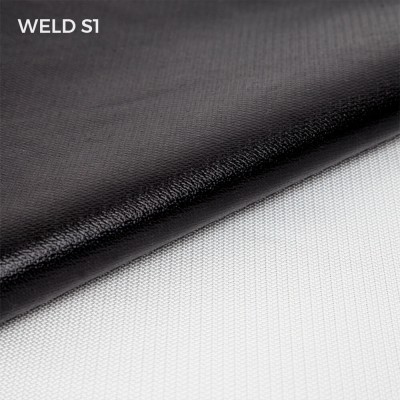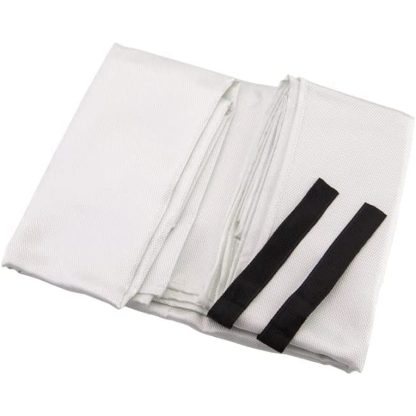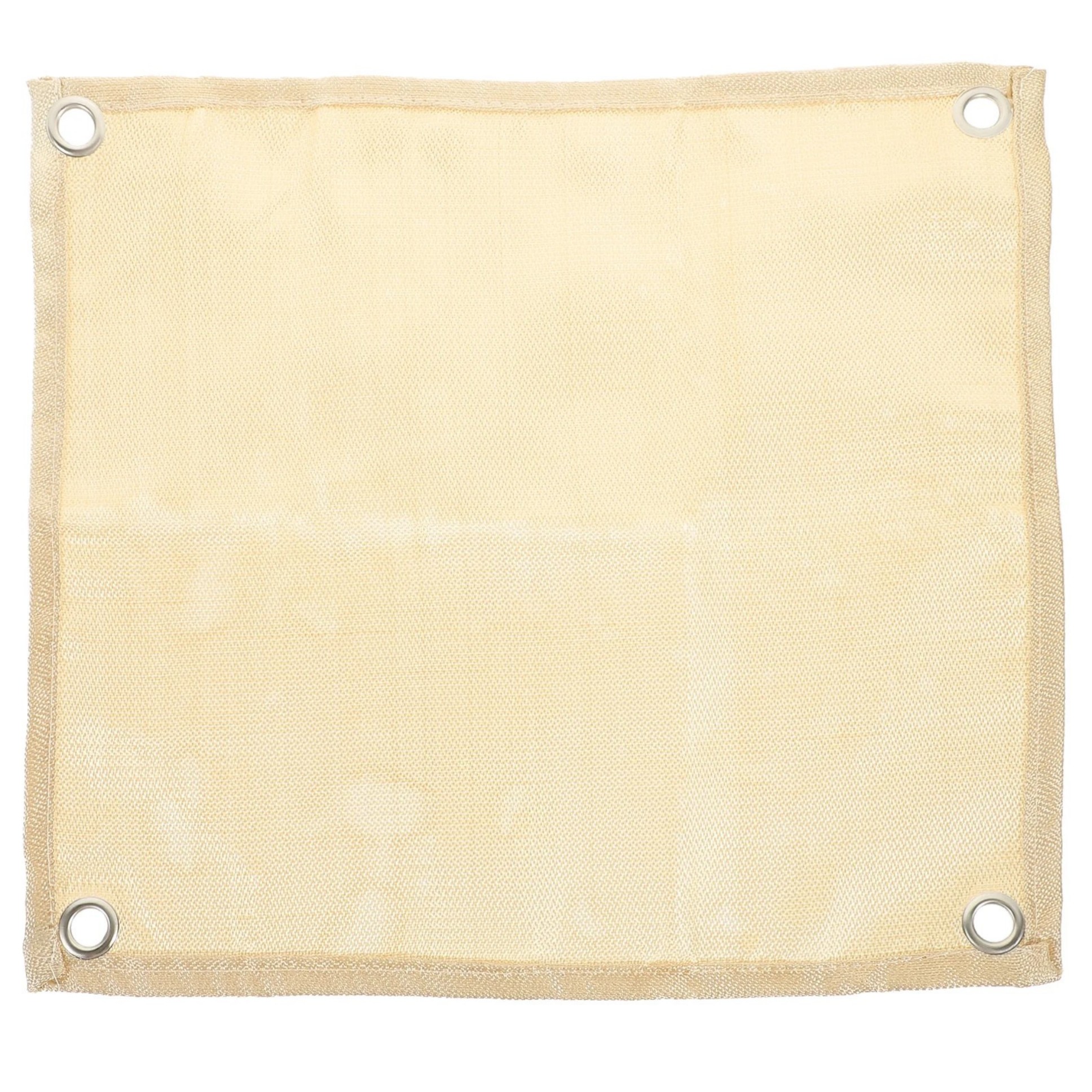Fire-Blanket: Essential Safety Gear for Home and Workplace Emergencies
Fire blankets are simple yet effective tools for smothering small fires. This guide explains how they work, when to use them, proper techniques, and why you should have one in your kitchen, workshop, or office.
What Is a Fire-Blanket?
A fire-blanket is a safety device made from fire-resistant materials designed to extinguish small fires by cutting off oxygen supply. Typically constructed from fiberglass or other flame-retardant fabrics, these blankets come in various sizes but are usually about 1m x 1m for home use.
How Does a Fire-Blanket Work?
The principle is simple: fire needs oxygen to burn. When you place a fire-blanket over flames, it starves the fire of oxygen, causing it to extinguish. Unlike water which can spread certain types of fires (like grease fires), the blanket safely smothers flames without risk of spreading.
When Should You Use a Fire-Blanket?
Fire blankets are ideal for:
- Small kitchen fires (grease fires, stovetop flames)
- Clothing fires (if someone's clothes catch fire)
- Small electrical fires (after power is turned off)
- Workshop fires involving small flammable materials
Never use a fire-blanket on large, out-of-control fires. In such cases, evacuate immediately and call emergency services.
Proper Fire-Blanket Usage Techniques
To use a fire-blanket effectively:
- Pull the tabs to release the blanket from its container
- Hold the blanket by the corners with your hands protected behind it
- Approach the fire carefully from upwind if possible
- Place the blanket gently over the flames - don't throw it
- Leave the blanket in place until completely cooled (at least 30 minutes)
Remember: Never attempt to peek under the blanket while the fire might still be active.
Fire-Blanket vs. Fire Extinguisher
While both are valuable, fire blankets have advantages in certain situations:
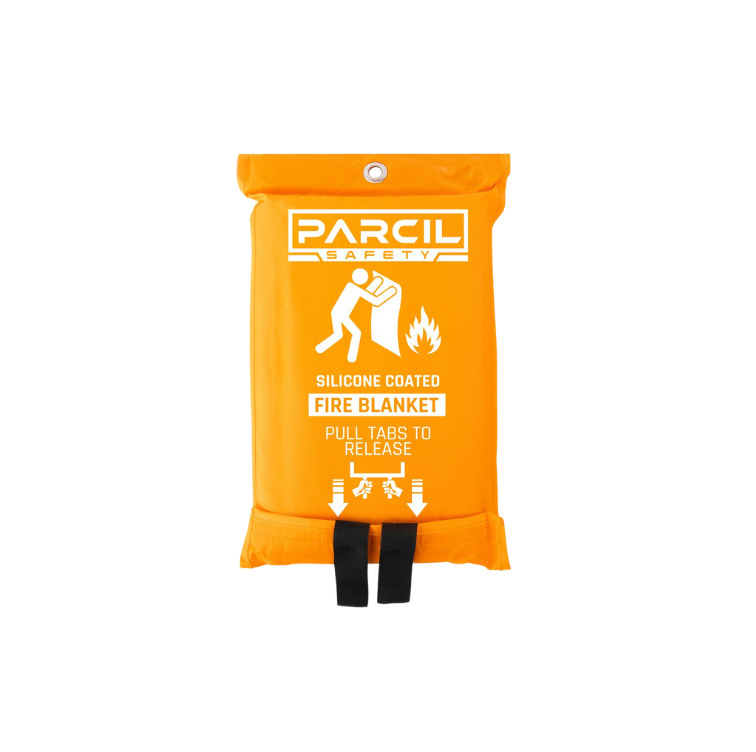
| Feature | Fire-Blanket | Fire Extinguisher |
|---|---|---|
| Best for | Small contained fires, clothing fires | Larger fires, various fire types |
| Maintenance | Minimal (inspect annually) | Regular pressure checks |
| Cleanup | Simple (dispose of used blanket) | Messy chemical residue |
| Training needed | Minimal | Some practice recommended |
Choosing the Right Fire-Blanket
When selecting a fire-blanket:
- Look for certified products (CE marked or equivalent)
- Choose appropriate size (1m x 1m for home, larger for workshops)
- Check the material (fiberglass is most common)
- Consider ease of access (wall-mounted near risk areas)
- Check expiration date (typically last 5-7 years)
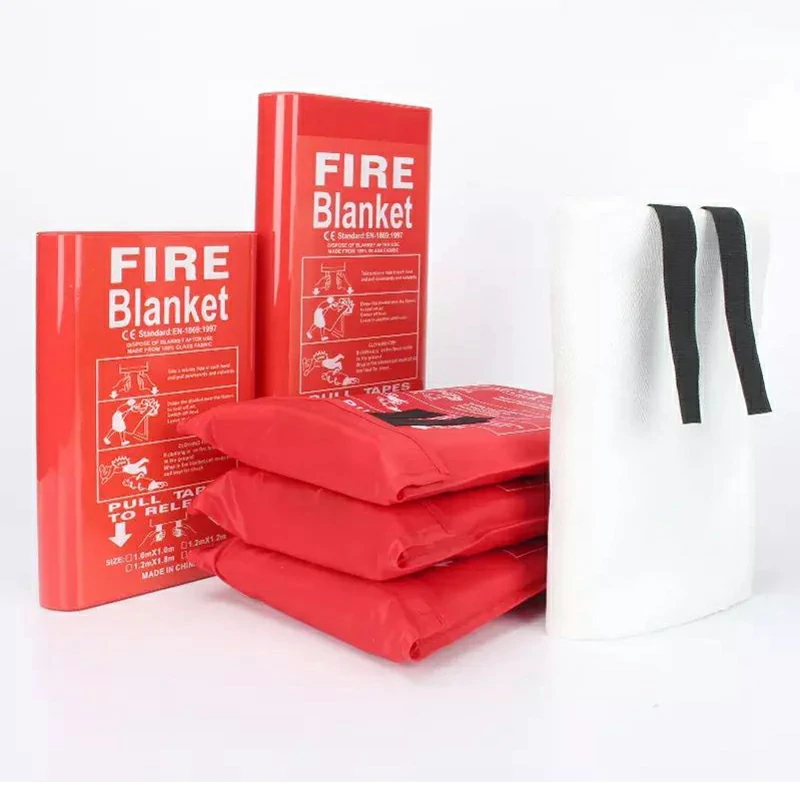
Fire-Blanket Maintenance
To ensure your fire-blanket remains effective:
- Store in an easily accessible location
- Keep away from direct sunlight and moisture
- Inspect annually for damage or deterioration
- Replace if the packaging is damaged or after use
- Follow manufacturer's expiration guidelines
Common Fire-Blanket Mistakes to Avoid
Even with this simple tool, people make errors:
- Using on large, spreading fires (blankets are for small, contained fires)
- Removing the blanket too soon (wait until completely cooled)
- Storing in hard-to-reach places (should be immediately accessible)
- Using damaged blankets (inspect regularly)
- Forgetting to teach household members how to use it
Fire-Blanket Placement in Your Home
Strategic locations include:
- Kitchen (within reach but not right next to stove)
- Workshop or garage
- Near fireplaces or heaters
- Bedrooms (especially if you use space heaters)
Mount them on walls using the provided container for quick access in emergencies.
Teaching Others to Use the Fire-Blanket
Ensure everyone in your household or workplace knows:
- Where fire blankets are located
- When to use them (and when to evacuate instead)
- Basic usage technique
- Emergency procedures (call for help first if possible)
Consider practicing with an unlit demonstration to build confidence.
Conclusion
A fire-blanket is an essential, low-maintenance safety tool that can prevent small fires from becoming disasters. By understanding proper usage, placement, and maintenance, you add an important layer of protection to your home or workplace. Every kitchen should have one, and additional blankets in other high-risk areas provide extra safety.




